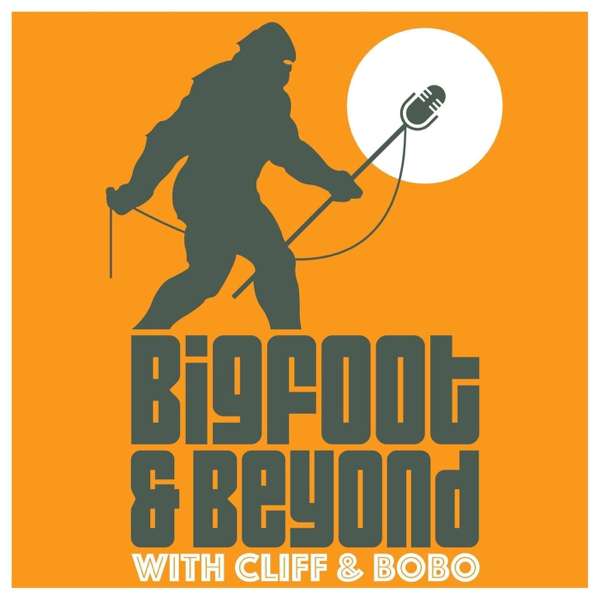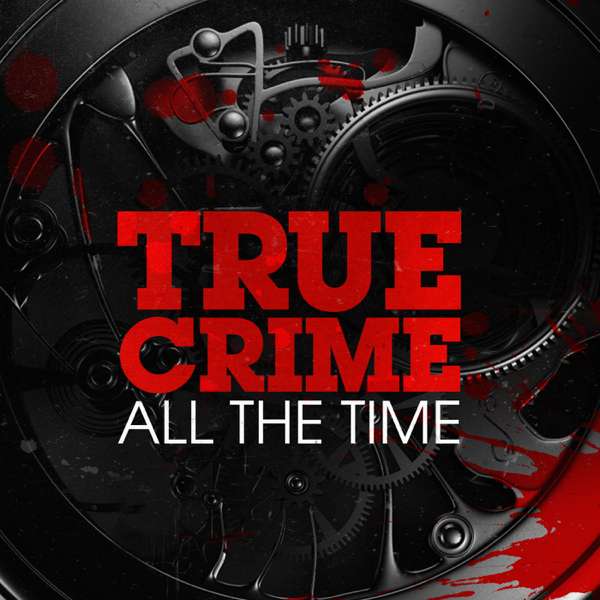Sound on! From conch shells to bone flutes, humans have been making musical instruments for tens of thousands of years. What did prehistoric music sound like? Follow us on a journey to find the oldest musical instruments and combine them into one big orchestra of human history.
For more information on this episode, visit natgeo.com/overheard
Want More?
A conch is more than just a musical instrument. A mollusk lives in that shell, and it’s a staple food in the Bahamas—so much so that overfishing is threatening their existence, but a few simple solutions may solve the problem.
The oldest musical instrument was once thought to be a cave bear bone flute made by Neanderthals, but recent evidence suggests that the holes were made by animals rather than tools.
More information about each instrument
The organization First Sounds found and brought to life the recordings of Édouard-Léon Scott de Martinville. For more information about that project, please visit www.firstsounds.org.
Bettina Joy de Guzman travels the world, composing and performing music on ancient instruments. You can read more about her work on her website: www.bettinajoydeguzman.com
More information about the bells of Bronze Age China can be found at the Smithsonian's National Museum of Asian Art. A virtual version of their collection can be viewed here: https://asia.si.edu/exhibition/resound-ancient-bells-of-china/
(Credit: Arthur M. Sackler Gallery, Smithsonian Institution, Washington, D.C.; gift of Arthur M. Sackler, S1987.4-9)
The conch shell sounds you heard were research recordings of the approximately 3,000-year-old Titanostrombus galeatus conch shell horn—excavated in 2018 by John Rick and team from the UNESCO World Heritage archaeological site Chavín de Huántar, in Perú—from a 2019 acoustics and performance study by Miriam Kolar, Riemann Ramírez Rodríguez, Ricardo Guerrero de Luna Rueda, Obert Silva Espinoza, and Ronald San Miguel Fernández. Recordings were made at the Centro Internacional de Investigación, Conservación y Restauración de Chavín (CIICR) in the Museo Nacional Chavín as research conducted within the Programa de Investigación Arqueológica y Conservación Chavín de Huántar (PIACCdH). Site music archaeology and archaeoacoustics research information can be found on the Chavín de Huántar Archaeological Acoustics project website: https://ccrma.stanford.edu/groups/chavin/pututus.html.
National Geographic Explorer Jahawi Bertolli is collecting the sounds of rock gongs from all over the African continent. More information about his rock project can be found here: www.jahawi.com/first-rock
Flutist Anna Potengowski specializes in recreating the sounds of ancient flutes. You can hear more of her work here: open.spotify.com/artist/4a9uIQ2g8A5BIDN1VExUZq
If you like what you hear and want to support more content like this, please consider a National Geographic subscription. Go to natgeo.com/exploremore to subscribe today.
Learn more about your ad choices. Visit podcastchoices.com/adchoices

 Our TOPPODCAST Picks
Our TOPPODCAST Picks  Stay Connected
Stay Connected







